Well, it’s that time of year again… August is quickly passing by and we are starting to make that mental shift to our classrooms. It might be a good time to start gathering some books to share during those first few weeks back. I love sharing picture books to help to build class community so thought I’d share my latest favorites (and some old favorites as well!)
A Letter From Your Teacher on the First Day of School – Shannon Olsen
Every year, new books are released at this time to coincide with the start of school. And every year, one stands out to me as the “must have” back to school book. A “Letter from Your Teacher: on the First Day of School” by Shannon Olsen (author of Our Class is a Family) is on the top of my list this year! Told in the voice of a teacher, the rhyming text captures the feelings, hopes and expectations of a new school year. What a perfect book for your first week back and a great way to build a positive learning environment in your classroom.
How to Get Your Teacher Ready – Jean Reagan
The latest in the “How to” series (How to Babysit Grandpa, etc.) is out just in time for back to school! This book puts the roles in reverse by showing children getting their teacher ready for their school year instead of the other way around. Great for showing kids that teachers get nervous, too!
How to Be Kind in Kindergarten – D.J. Steinberg
Attention Kindergarten teachers and Kindergarten parents! Here is a wonderful new picture book perfect for back to school! “How to Be Kind in Kindergarten” by D.J. Steinburg is a collection of short poems that spans the entire year of kindergarten, offering simple, practical tips on how to show kindness: sharing your umbrella with a friend; taking turns on the swings, inviting someone to join in a game. Small book – perfect for a backpack! LOVE!
Don’t Hug Doug (He Doesn’t Like It) – Carrie Finison
Doug does not like hugs! They are “too squeezy, too squashy, too squooshy, and too smooshy!” But just because Doug doesn’t like hugs doesn’t mean he doesn’t like you! Fun, light-hearted and upbeat but introduces important topics to younger children about consent and respecting boundaries in an accessible way. Great for discussions and making connections.

Be Strong – Pat Zieltow Miller
SOOOO excited about this BRAND NEW book “Be Strong” by Pat Zeitlow Miller, author of Be Kind. A young girl, discouraged she can’t climb the climbing wall in gym, learns there is more to being strong than just physical strength. Such a great book for discussion and includes themes of perseverance, leadership, and caring. SO many things to love about this one! I would recommend it as an anchor for the “One Word Activity” using the word “strong”.
IMPORTANT: if you are have or are planning to order the Primary GearPicks Pack – DO NOT ORDER this book! (You can infer the rest!!!)
Listen – Gabi Snyder
Beautiful, mindful story about slowing down and paying closer attention to nature. I love the soft, quiet tone of the story and the grey-blue pallet. Would make a great anchor book to read before heading outside for a quiet, mindful moment!
Little Fox Has Feelings – Didi Dragon
While there are many books about feelings, I love how, rather than managing emotions, this author focuses on naming and acknowledging them. Delightful, likeable main character and adorable illustrations.
My Unique Name – Chynika Wright
I do love books about names and this new book is definitely being added to my collection! In this story, you’ll meet a little girl who gets frustrated when others cannot pronounce her name properly. This story sends a strong message of empowerment, confidence, and celebrating uniqueness! Would make a great read-aloud before your students make nametags for their desks!
Do Unto Otters: A Book About Manners – Laurie Keller
This book is a few years old but a “go to” for the beginning of the year to introduce manners and the “golden rule”. When a family of otters moves in next door, Rabbit is not sure how to treat them. But Wise Owl gives him some advice to “do unto otters”! This one is quirky and laugh-out-loud funny!

You’re Finally Here! – Melanie Watt
In a Mo Willams “Pigeon” style, this bunny speaks directly to the reader, telling them how LONG he has been waiting for them. Melanie Watts’ style is fun, playful, and very easy to read aloud because the humour keeps readers engaged in the story. to read with your new class.

Our Favorite Day of the Year – A.E. Ali
So much to love and so many lesson ideas with this book – one of my favorites from 2020. After their teacher tells them the first day of school is her favorite day of the year, a group of kindergarten students get the opportunity to share their favorite day with their classmates. As the school year progresses, many different cultures, traditions, and observations are introduced and shared between each classmate. A wonderful anchor book for celebrating favorite cultures and traditions.

We Don’t Eat our Classmates – Ryan T. Higgins
Oh my goodness – SUCH a funny book! Yes, there are many “back to school” books to choose from… but this is definitely one I recommend. So fresh and funny, but teaches empathy so beautifully. A perfect read-aloud or gift for that young one who might be experiencing “back to school jitters”.

Germs vs. Soap – Didi Dragon
This book was released last summer but it might be another good reminder to reinforce the importance of handwashing. Love the clever, memorable language, playful illustrations and humour.
Thanks for stopping by! I hope you found one or two titles that you are excited about sharing with your new class this fall. Happy reading, everyone and remember – if you want your students to love to read, then read amazing books aloud to them every single day!

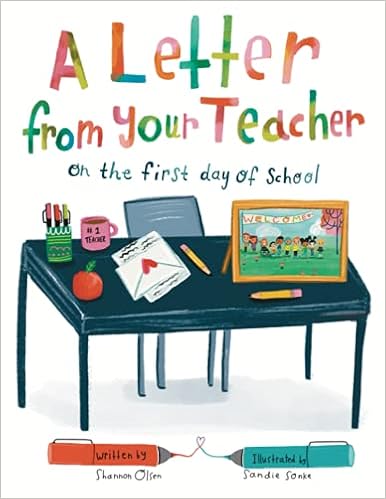





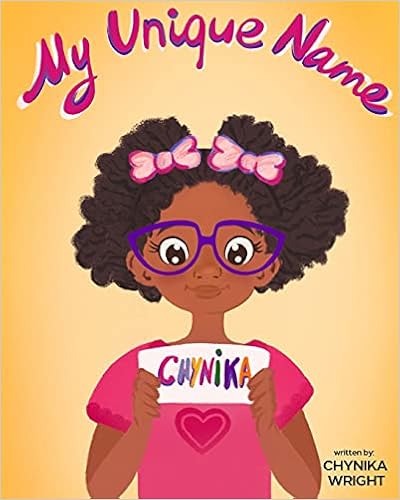













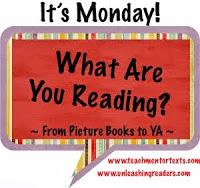


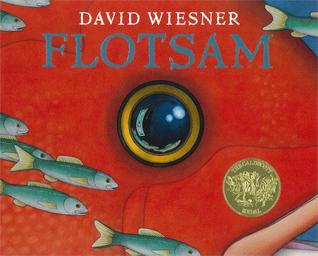


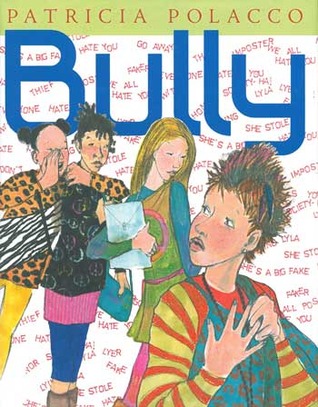




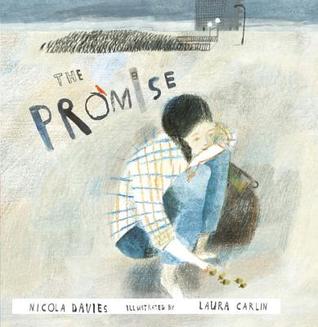



![images-2_thumb[1][1]](https://readingpowergear.wordpress.com/wp-content/uploads/2013/08/images-2_thumb11.jpg)
![51FNrUh-Y6L._SX260_[1]](https://readingpowergear.wordpress.com/wp-content/uploads/2013/08/51fnruh-y6l-_sx260_1.jpg?w=247)

![Marla_Konrad_Getting_There[1]](https://readingpowergear.wordpress.com/wp-content/uploads/2013/08/marla_konrad_getting_there1.jpg?w=247)
![61S86esBsrL._AA160_[1]](https://readingpowergear.wordpress.com/wp-content/uploads/2013/08/61s86esbsrl-_aa160_1.jpg?w=160)
![61jEBA0nUwL._AA160_[1]](https://readingpowergear.wordpress.com/wp-content/uploads/2013/08/61jeba0nuwl-_aa160_1.jpg?w=160)
![6143A+8ZlcL._SX260_[1]](https://readingpowergear.wordpress.com/wp-content/uploads/2013/08/6143a8zlcl-_sx260_1.jpg?w=238)
![2111887[1]](https://readingpowergear.wordpress.com/wp-content/uploads/2013/08/21118871.jpg?w=255)
![11001793[1]](https://readingpowergear.wordpress.com/wp-content/uploads/2013/08/110017931.jpg)

![Not%20a%20Buzz%20to%20Be%20Found%20157x157[1]](https://readingpowergear.wordpress.com/wp-content/uploads/2013/08/not20a20buzz20to20be20found20157x1571.jpg?w=157)
![Fall_LittleCover-140x158[1]](https://readingpowergear.wordpress.com/wp-content/uploads/2013/08/fall_littlecover-140x1581.png)
![ResizedItsWinter_Cover2[1]](https://readingpowergear.wordpress.com/wp-content/uploads/2013/08/resizeditswinter_cover21.jpg?w=278)
![ItsSpring_Cover3[1]](https://readingpowergear.wordpress.com/wp-content/uploads/2013/08/itsspring_cover31.jpg?w=279)
![TBItsSummer2[1]](https://readingpowergear.wordpress.com/wp-content/uploads/2013/08/tbitssummer21.jpg?w=140)
![Dazzling-Drgflies-Cover-homepage[1]](https://readingpowergear.wordpress.com/wp-content/uploads/2013/08/dazzling-drgflies-cover-homepage1.png)
![SpectacularSpiders[1]](https://readingpowergear.wordpress.com/wp-content/uploads/2013/08/spectacularspiders1.jpg?w=140)
![FabulousFrogs[1]](https://readingpowergear.wordpress.com/wp-content/uploads/2013/08/fabulousfrogs1.jpg)
![Worms_littleCover[1]](https://readingpowergear.wordpress.com/wp-content/uploads/2013/08/worms_littlecover1.jpg)
![Monarchs_Cover[1]](https://readingpowergear.wordpress.com/wp-content/uploads/2013/08/monarchs_cover1.jpg?w=279)
![BrilliantBees_littleCover[1]](https://readingpowergear.wordpress.com/wp-content/uploads/2013/08/brilliantbees_littlecover1.png)
![612KHTAJVHL._SL500_AA300_[1]](https://readingpowergear.wordpress.com/wp-content/uploads/2013/08/612khtajvhl-_sl500_aa300_1.jpg)
![Garbage%20Helps%20Our%20Garden%20158x133[1]](https://readingpowergear.wordpress.com/wp-content/uploads/2013/08/garbage20helps20our20garden20158x1331.jpg)
![OurBigHome-Cover-sticker-small[1]](https://readingpowergear.wordpress.com/wp-content/uploads/2013/08/ourbighome-cover-sticker-small1.jpg?w=200)

![15797765[1]](https://readingpowergear.wordpress.com/wp-content/uploads/2013/07/157977651.jpg?w=242)
![640650[1]](https://readingpowergear.wordpress.com/wp-content/uploads/2013/07/6406501.jpg?w=229)
![640653[1]](https://readingpowergear.wordpress.com/wp-content/uploads/2013/07/6406531.jpg?w=253)
![1293644[1]](https://readingpowergear.wordpress.com/wp-content/uploads/2013/07/12936441.jpg?w=251)
![6289049[2]](https://readingpowergear.wordpress.com/wp-content/uploads/2013/07/62890492.jpg?w=300)
![13586750[1]](https://readingpowergear.wordpress.com/wp-content/uploads/2013/07/135867501.jpg?w=234)
![15062342[2]](https://readingpowergear.wordpress.com/wp-content/uploads/2013/07/150623422.jpg?w=300)
![931906[1]](https://readingpowergear.wordpress.com/wp-content/uploads/2013/07/9319061.jpg?w=300)
![7171946[1]](https://readingpowergear.wordpress.com/wp-content/uploads/2013/07/71719461.jpg?w=300)
![705429[1]](https://readingpowergear.wordpress.com/wp-content/uploads/2013/07/7054291.jpg?w=232)
![11119532[2]](https://readingpowergear.wordpress.com/wp-content/uploads/2013/07/111195322.jpg?w=300)

![12993697[1]](https://readingpowergear.wordpress.com/wp-content/uploads/2013/07/129936971.jpg?w=300)
